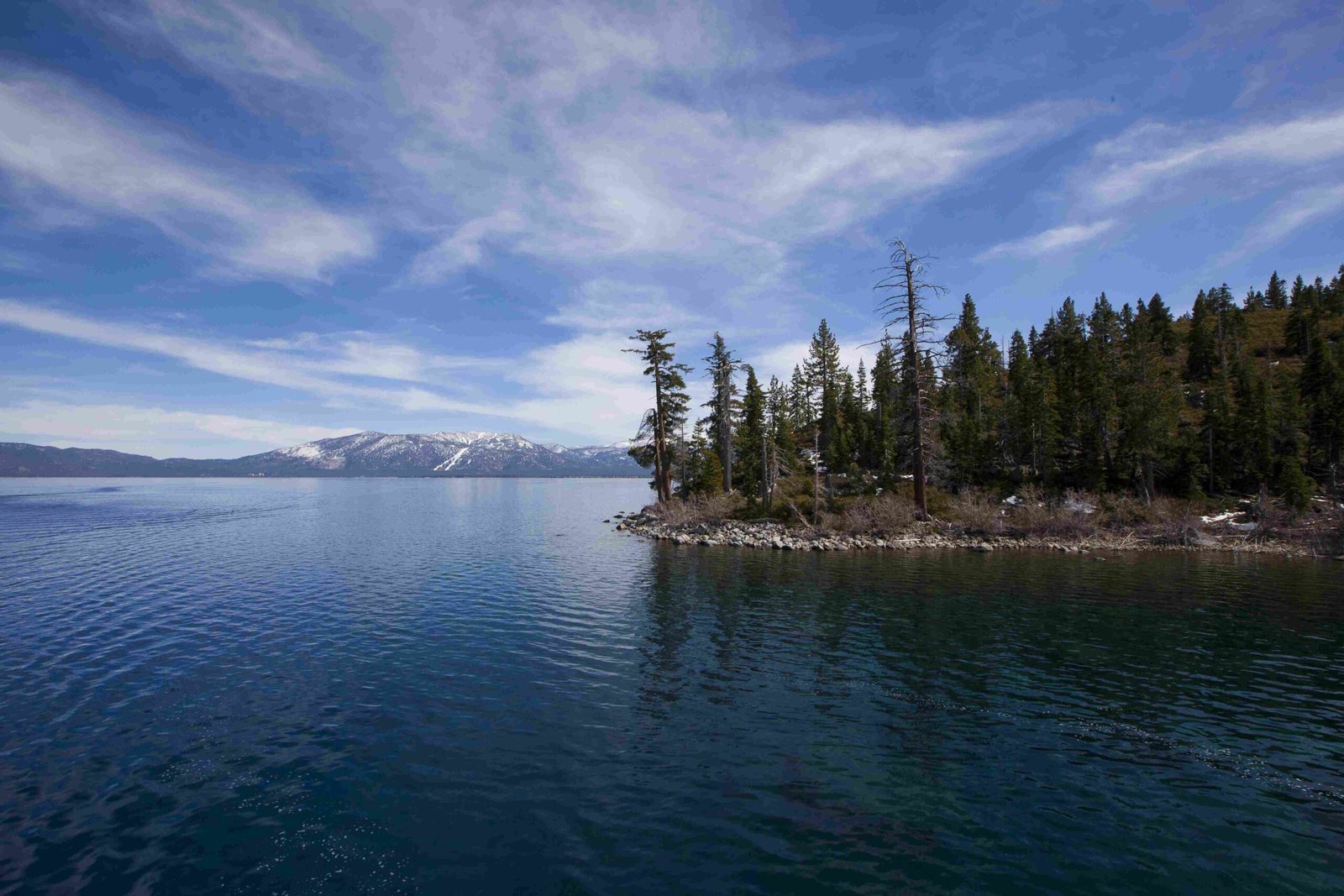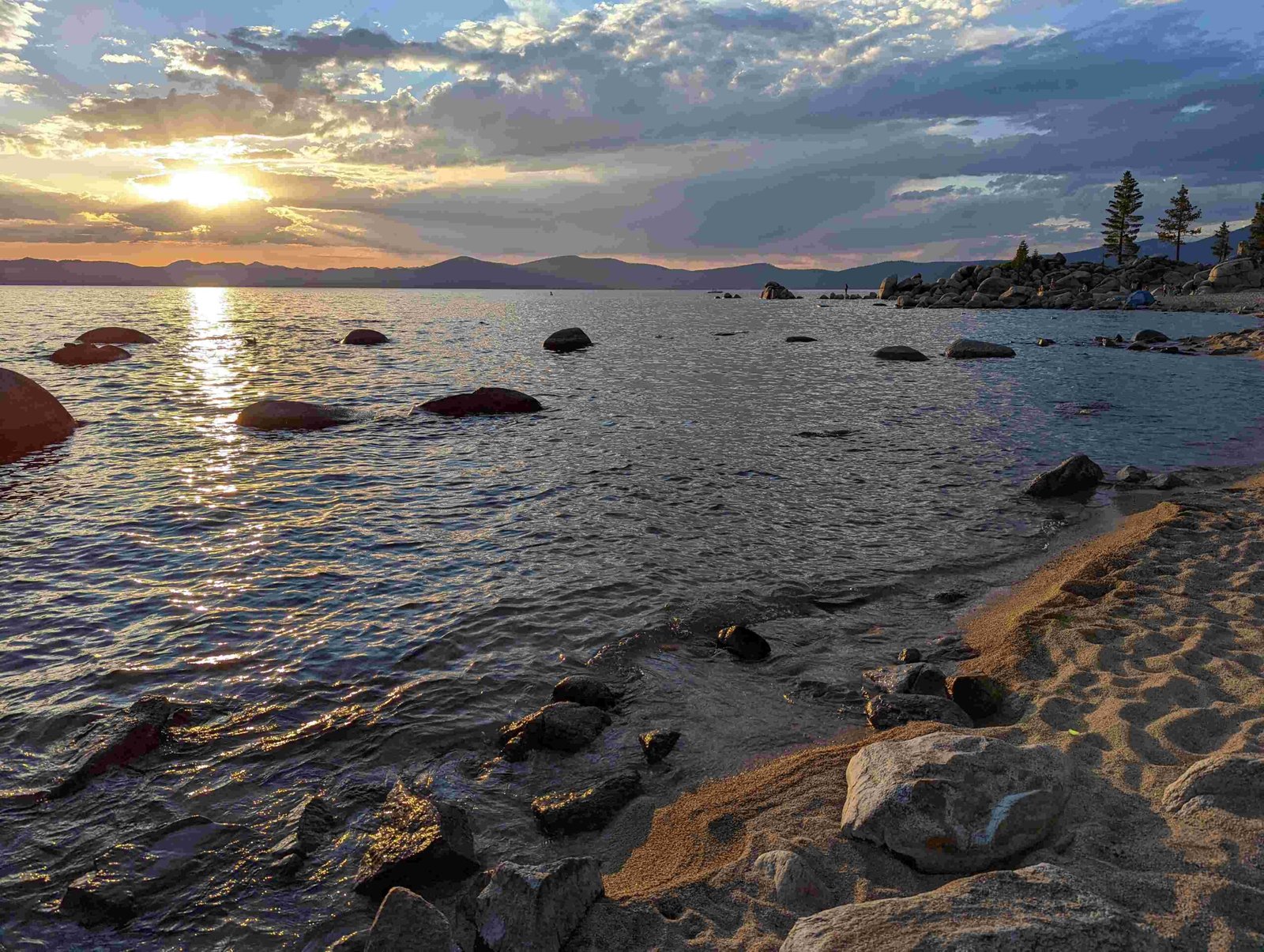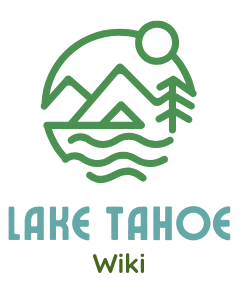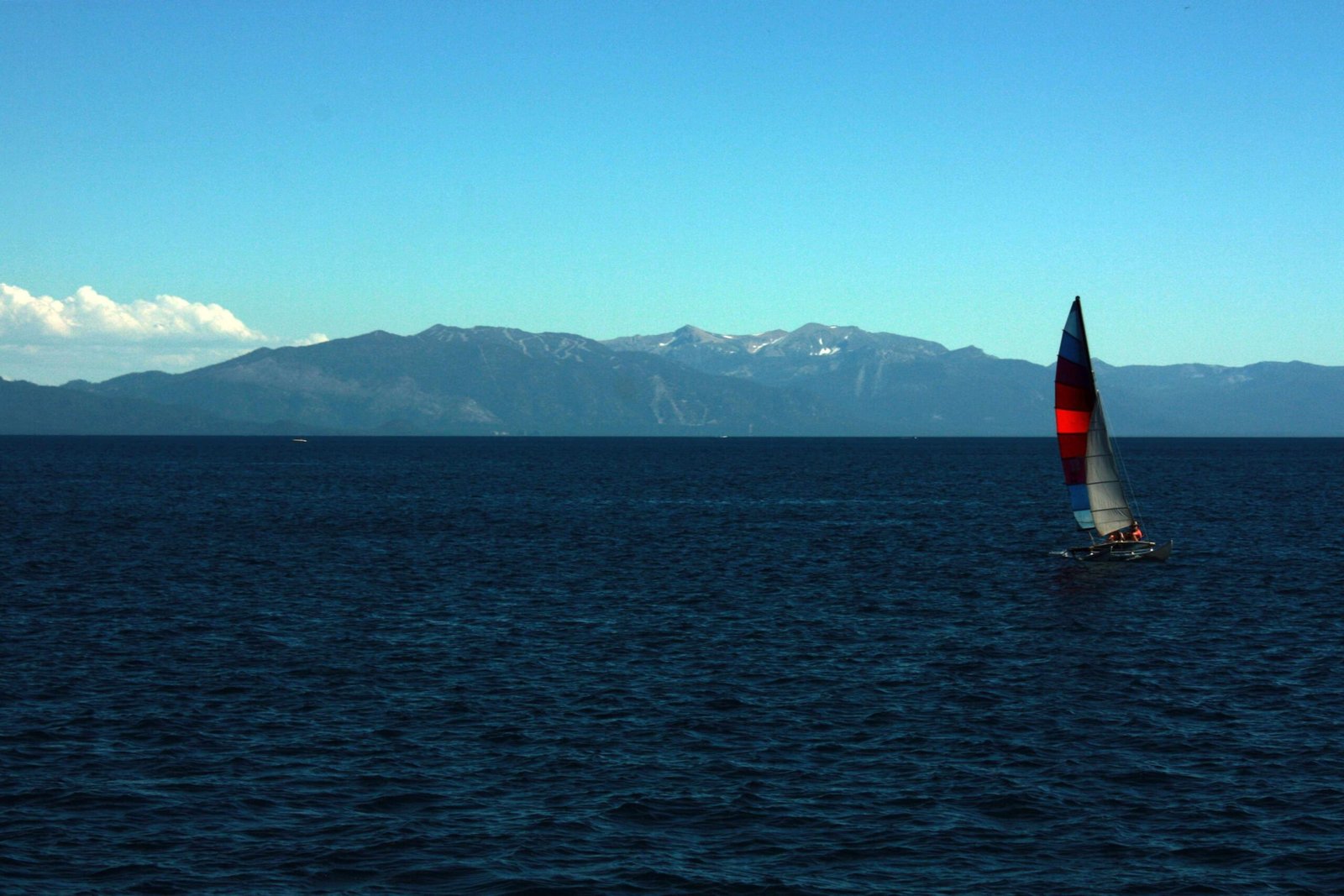Lake Tahoe’s wildflower landscape offers an extraordinary botanical journey through alpine meadows, mountain trails, and diverse ecosystems. From late May to early August, hikers can explore vibrant trails showcasing hundreds of native wildflower species, including lupines, columbines, and Indian paintbrushes. These scenic routes provide not just stunning floral displays but also panoramic mountain and lake views that make each step a memorable experience.
What Makes Lake Tahoe Wildflower Hikes Unique?

Lake Tahoe’s unique geographical location creates microclimates that support an incredible diversity of wildflower species. The region’s elevation ranges from 6,000 to 10,000 feet, allowing different flower species to bloom at various times and locations.
Where Can You Find the Best Wildflower Trails?
| Trail Name | Distance | Difficulty | Peak Bloom Period | Notable Flowers |
|---|---|---|---|---|
| Big Meadow | 8 miles | Easy-Moderate | Late May-August | Lupines, Columbines |
| Winnemucca Lake | 5.1 miles | Easy-Moderate | June-July | Alpine Paintbrushes |
| Galena Waterfall | 5-10 miles | Moderate-Strenuous | Late May-August | Indian Paintbrushes |
How to Prepare for Lake Tahoe Wildflower Hikes?

Essential Hiking Gear
- Comfortable hiking boots
- Lightweight, breathable clothing
- Hydration pack
- Sunscreen and hat
- Camera or smartphone
- Wildflower identification guide
What Wildflower Species Will You Encounter?
Lake Tahoe’s wildflower ecosystem is remarkably diverse. Hikers can expect to see:
- Alpine Flowers
- Penstemon
- Wandering Daisies
-
Mountain Heather
-
Meadow Flowers
- California Poppies
- Yarrow
-
Fuchsia
-
High Elevation Blooms
- Wooly Mule’s Ear
- Alpine Paintbrushes
- Mountain Lupines
When Is the Best Time to Explore?
The wildflower season varies depending on elevation and annual weather conditions. Generally, the best periods are:
- Lower Elevations: Late May to early June
- Mid-Elevation Trails: June to mid-July
- High Alpine Areas: July to early August
Safety and Conservation Tips
- Stay on marked trails
- Do not pick or disturb wildflowers
- Carry out all trash
- Respect wildlife habitats
- Check local trail conditions before hiking
Photography and Observation Recommendations
- Early morning and late afternoon offer the best lighting
- Bring a macro lens for detailed flower shots
- Use binoculars for distant flower meadows
- Consider joining local nature photography groups
Accessibility and Trail Information
Most Lake Tahoe wildflower hikes are accessible by car, with parking areas near trailheads. Some trails like Big Meadow and Carson Pass offer restroom facilities and picnic areas.
Local Guided Wildflower Tours
While specific guided tours vary, local resorts and hiking groups often offer seasonal wildflower expeditions. Prices typically range from $50-$100 per person for half-day experiences.
Final Thoughts
Lake Tahoe wildflower hikes offer an unparalleled opportunity to explore alpine ecosystems, witness stunning botanical diversity, and connect with nature’s most delicate landscapes.

